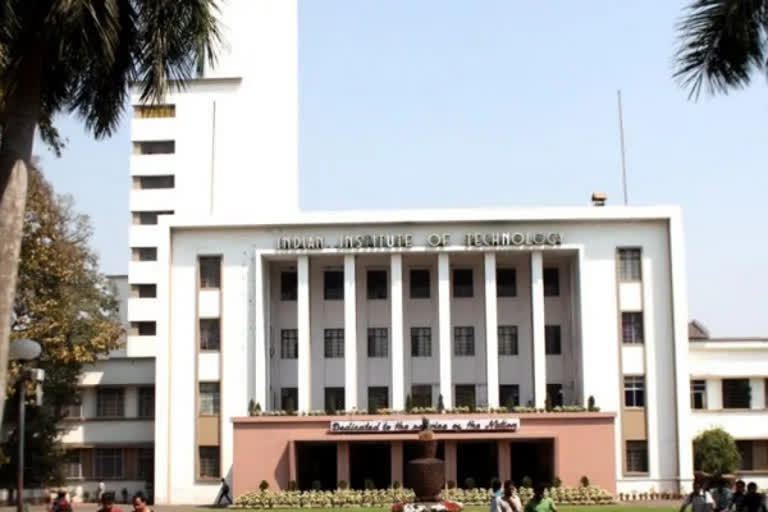Kolkata: There has been a significant drop in Sulphur Dioxide (SO2) levels in India in the last decade as compared to the previous three decades, a study conducted by IIT Kharagpur has found. The reduction in emission and concentration of SO2 has been due to environmental regulation and the adoption of effective control technologies such as 'scrubber' and 'flue gas desulphurisation'.
The study was conducted by a team of researchers from the Centre for Oceans, Rivers, Atmosphere and Land Sciences (CORAL) of the institute stated. The study represents temporal changes in SO2 concentrations across India in the last four decades (1980-2020), an institute spokesperson said.
While thermal power plants contributed 51 per cent to SO2 concentration, the construction sector's share was 29 per cent, as per the estimate during that period, the study noted. The temporal analyses reveal that SO2 concentrations in India increased between 1980 and 2010 due to coal burning and the lack of novel technology to contain the emissions during that period.
Economic growth and air pollution control can go hand-in-hand by adopting new technologies to reduce SO2 and GHG (greenhouse gas) emissions, it said. "SO2 is an atmospheric pollutant and can be converted to sulfate aerosols in humid conditions. These aerosols can affect clouds reflectively, rainfall and regional climate.
"At higher concentrations, SO2 adversely affects human health and the ecosystem," remarked Professor Jayanarayanan Kuttippurath, who led the study. Therefore, continuous monitoring of it is highly warranted, as these kinds of analyses would help in decision-making related to emissions, he said.
"Our analysis identifies Indo-Gangetic plain and central and eastern Indian regions as SO2 hot-spots in India. Although there has been a relative reduction in SO2 levels in the last decade, its concentration is still very high in these regions. "Therefore, we need to continue our efforts to reduce SO2 emissions in India, whether through innovative technologies or environmental regulations," said Vikas Kumar Patel, another author of the paper.
Institute Director Professor V K Tewari said that as India relies heavily on coal-based thermal power plants to meet its energy demands, analysis of spatial and temporal changes in SO2 using accurate and continuous observations is required to formulate mitigation strategies to curb increasing air pollution in the country.
"Since 2010, India's renewable energy production has also increased substantially when the country adopted a sustainable development policy. The shift in energy production from conventional coal to renewable sources, solid environmental regulation, better inventory, and effective technology would help to curb SO2 pollution in the country," he said.
India's nationally determined contributions under the Paris Agreement include achieving about 40 per cent cumulative electric power installed capacity from non-fossil fuel-based energy resources by 2030. "This commitment would help to reduce the dependency on coal-based energy, and also help curb SO2 pollution in the future," Tewari added.
The report said rapid economic development during the 2001-2010 period caused more such atmospheric concentration. However, technological advancement and environmental policies during the last decade helped reduce atmospheric SO2 concentrations, it added. (PTI)



